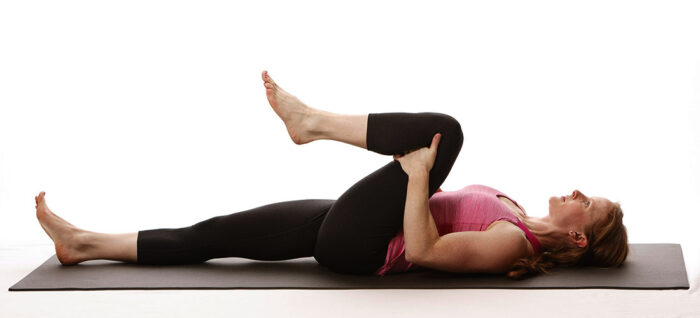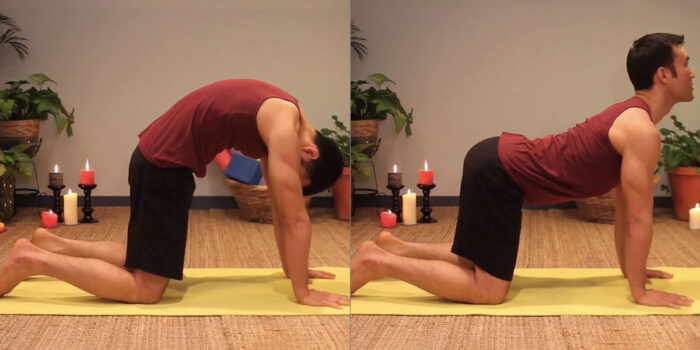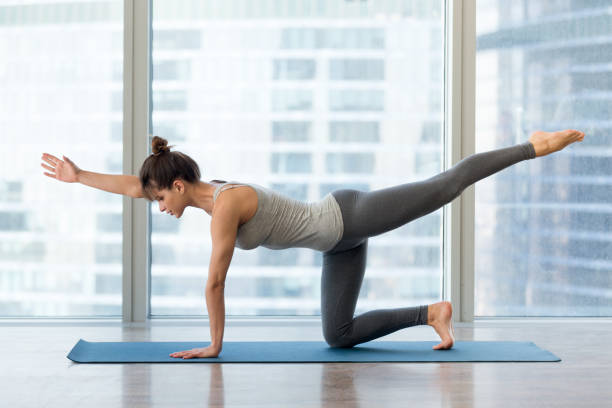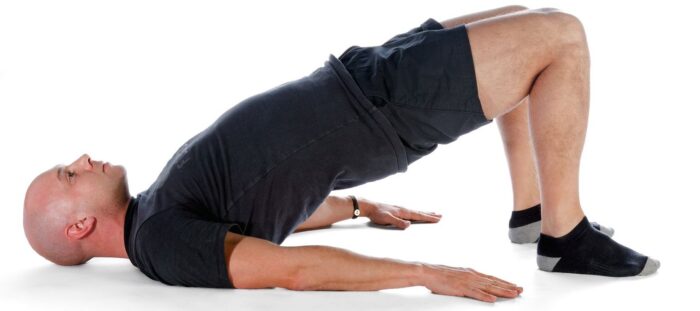
Do you suffer from lower back pain?
Physiotherapy can help!
Physiotherapy is a type of treatment that uses exercise, massage, and other techniques to help you improve your range of motion, strength, and flexibility.
If you’re interested in learning more about how physiotherapy can help you with your lower back pain, please read on.
Physiotherapy, also known as physical therapy, is a healthcare profession that helps people improve their movement and function. Physiotherapists use a variety of techniques, including exercise, massage, and manual therapy, to help people with a wide range of conditions, including lower back pain.
Physiotherapy works by using a variety of techniques, including:
The benefits of physiotherapy for lower back pain include:
Here are some exercises that can help to overcome lower back pain:
Knee to chest stretch: Lie on your back with your knees bent. Bring one knee towards your chest and hold it with both hands. Hold for 30 seconds and repeat on the other side.

Cat-cow Exercise: Start on your hands and knees, with your back straight. As you inhale, arch your back and look up. As you exhale, round your back and tuck your chin towards your chest. Repeat 10 times.

Bird dog Exercise: Start on all fours, with your hands under your shoulders and your knees under your hips. Extend your right arm and left leg straight out in front of you. Hold for 30 seconds and repeat on the other side.

Bridge Exercise: Lie on your back with your knees bent and your feet flat on the floor. Place your arms at your sides, palms down. Slowly raise your hips off the floor until your body forms a straight line from your shoulders to your knees. Hold for 30 seconds and lower back down.

Plank Exercise: Start in a push-up position with your forearms on the ground directly under your shoulders and your body in a straight line from your head to your heels. Engage your core and tighten your glutes. Hold the position for as long as you can, making sure to maintain good form.
